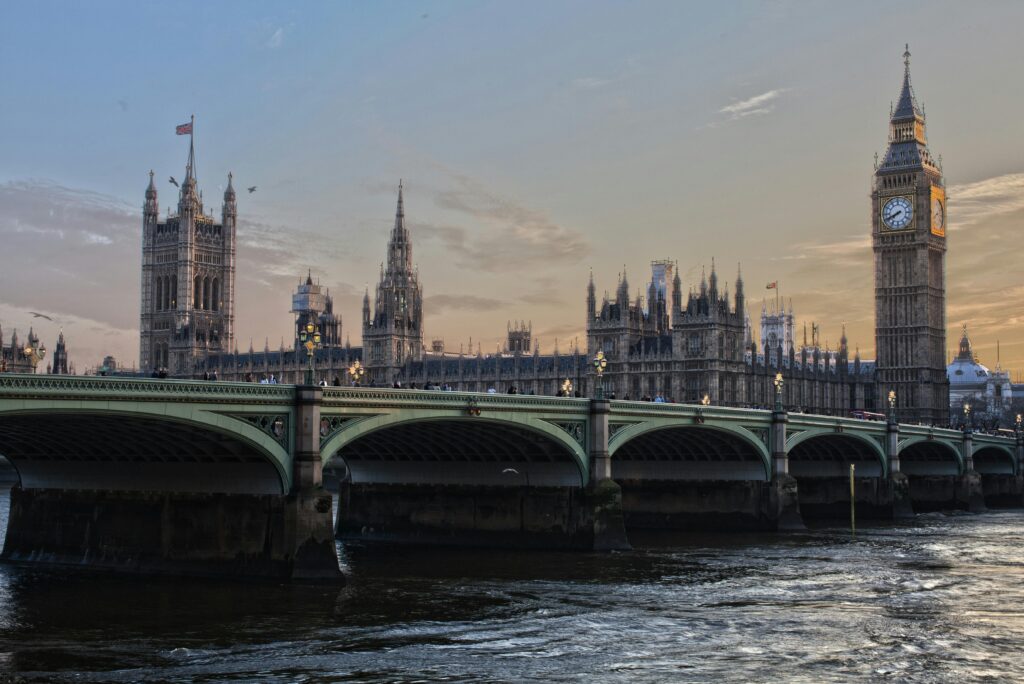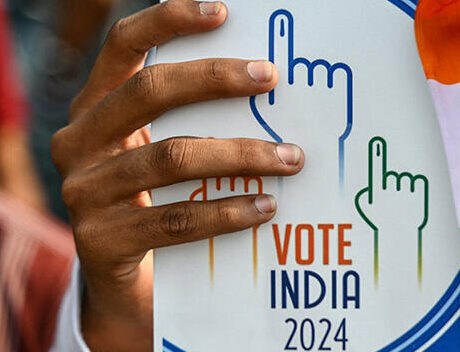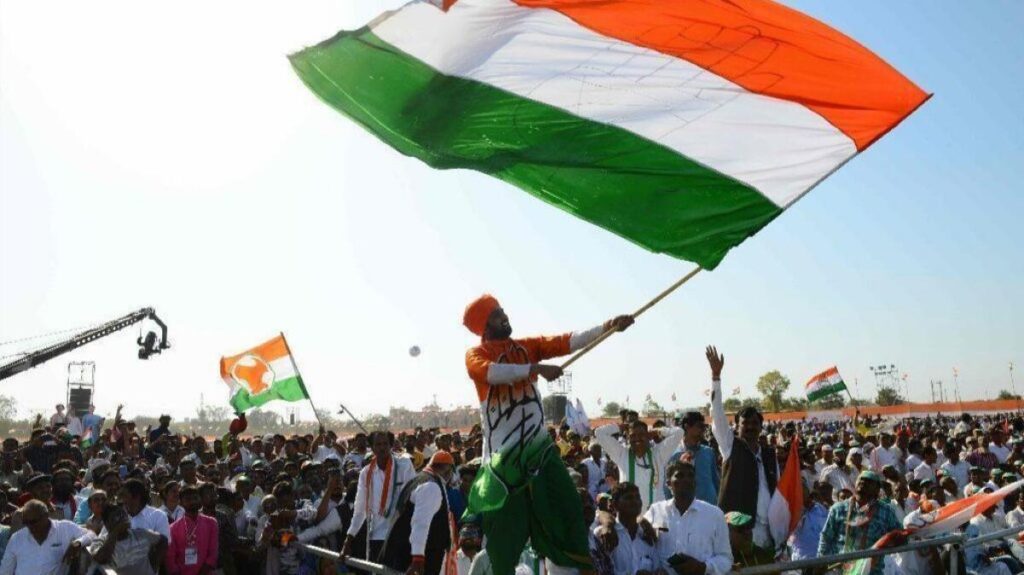The Democratic Implications of the 2024 Labour Landslide
Author: Pravar Petkar, Head of Strengthening Democracy Desk The 2024 General Election in the UK has brought an end to 14 years of Conservative government, ushering in a Labour regime with a landslide election victory. Of the 650 seats in the UK Parliament, the Labour Party has won 412, with the Conservatives on 121, and the Liberal Democrats on 71, on a turnout of 60%.[i] This represents the largest majority in the UK Parliament since the New Labour victory in 1997. However, the result has troubling implications both for the UK’s First-Past-the-Post (FPTP) electoral system and the prospects for reform, and will also shape the legitimacy of the new government’s major policy and constitutional reform proposals. FPTP and the 2024 General Election Results Under FPTP in the UK, Members of Parliament are elected in 650 single-member constituencies across the country. These are winner-takes-all contests: the candidate with the most votes will win the seat, even if they fall short of an overall majority. In the 2024 General Election, this has produced the following results: Party Seats Seat Share Votes Vote Share Votes per Seat Labour 412 63.4% 9,804,655 33.7% 23,798 Conservatives 121 18.6% 6,827,311 23.7% 56,424 Liberal Democrats 72 11.1% 3,519,199 12.2% 48,878 Scottish National Party (SNP) 9 1.4% 724,758 2.5% 80,529 Sinn Fein 7 1.1% 210,891 0.7% 30,127 Independent 6 0.9% 564,243 2.0% 94,041 Democratic Unionist Party (DUP) 5 0.8% 172,058 0.6% 34,412 Reform UK 5 0.8% 4,117,221 14.3% 823,444 Green Parties 4 0.6% 1,943,265 6.7% 485,816 Plaid Cymru 4 0.6% 194,811 0.7% 48,703 Social Democratic and Labour Party (SDLP) 2 0.3% 86,861 0.3% 43,431 Alliance Party 1 0.2% 117,191 0.4% 117,191 Ulster Unionist Party (UUP) 1 0.2% 94,779 0.3% 94,779 Traditional Unionist Voice (TUV) 1 0.2% 48,685 0.2% 48,685 Table 1: UK General Election Results 2024 The table above indicates some startling results. The total number of votes won by Labour is smaller than in the 2019 General Election by around half a million,[ii] yet this translated in 2024 to more than double the number of seats. Reform UK won the third-highest number of popular votes yet rank only joint seventh-highest (including the grouping of Independent MPs) in terms of seat share. Indeed, its vote share across the UK was higher than that of the Liberal Democrats, which won more than 14 times the number of seats. To gain any one seat, the Green Party needed over 20 times as many votes as Labour did for their respective seats, and Reform UK required almost 35 times as many votes. This indicates significant disparities in respect of the practical impact of individual votes under the current FPTP system in the UK. The data above verifies the pre-election predictions that this contest would produce one of the most disproportionate Parliaments in the history of the UK. FPTP has proven itself unsuitable to translating citizens’ preferences into legislative representation in what has become a genuine multi-party landscape. This reduces the extent to which the UK’s representative democratic system can be considered genuine popular self-government, the principle at the heart of modern democracy. Against this background, the case for reform is overwhelming. Alternatives to FPTP Amongst the alternatives, two forms of proportional representation emerge as potential candidates. The first is the nationwide system of proportional representation (PR) used in countries such as the Netherlands and Israel. Under this form of PR, the entire country acts as a ‘nationwide’ constituency, with seats in the legislature allocated in proportion to the number of votes cast for each party using either the d’Hondt or Saint-Lague formulas. Some such systems have a minimum overall threshold of votes which parties must reach to win a seat. This is designed to protect against the fragmentation of legislatures that would otherwise result from the representation of several small parties.[iii] However, a ‘nationwide’ constituency is not an appropriate hypothetical framework for any UK-wide election. Where the PR constituency is ‘nationwide’, all the political parties on the ballot paper must be nationwide political parties. This is because neither the d’Hondt nor the Saint-Lague systems for allocating seats are designed to differentiate between regional and national parties; this must instead be done when designing the constituencies for a PR system. The UK has several regional parties: the Scottish National Party only contests seats in Scotland, Plaid Cymru only contests seats in Wales, and Northern Ireland has its own political parties not found elsewhere in the UK (including Sinn Fein and the Democratic Unionist Party). Were the UK analysed as a ‘nationwide’ constituency using the d’Hondt formula and the number of votes actually cast for each party in the 2024 election, the following results might hypothetically be produced:[iv] Party Votes Vote Share Seats Seat Share Labour 9,804,655 33.7% 229 35.2% Conservatives 6,827,311 23.7% 159 24.5% Reform UK 4,117,221 14.3% 96 14.8% Liberal Democrats 3,519,199 12.2% 82 12.6% Green Parties 1,943,265 6.8% 45 6.9% SNP 724,758 2.5% 16 2.5% Sinn Fein 210,891 0.7% 4 0.6% Workers Party 210,194 0.7% 4 0.6% Plaid Cymru 194,811 0.7% 4 0.6% DUP 172,058 0.6% 4 0.6% Alliance Party 117,191 0.4% 2 0.3% UUP 94,779 0.3% 2 0.3% SDLP 86,861 0.3% 2 0.3% TUV 48,685 0.2% 1 0.2% Table 2: UK General Election Results 2024 – on ‘nationwide’ party list PR system With 326 seats required for an overall majority, a coalition would be required, with the most likely option being one between Labour, the Liberal Democrats and the Green Parties (356 seats) producing a narrow majority. This would amount to 54.7% of the total seats in the UK Parliament on 52.7% of the popular vote, thus producing a considerably more proportionate outcome. Because the ‘nationwide’ constituency requires, in practice, a certain threshold of votes in order to secure a single seat, it is unlikely that any Independent candidates would be elected. However, it is unwise to draw major conclusions from this analysis, because it treats the SNP, Plaid Cymru and all the Northern Irish parties as if they were national parties. Given this, a preferable hypothetical model
The Democratic Implications of the 2024 Labour Landslide Read More »



